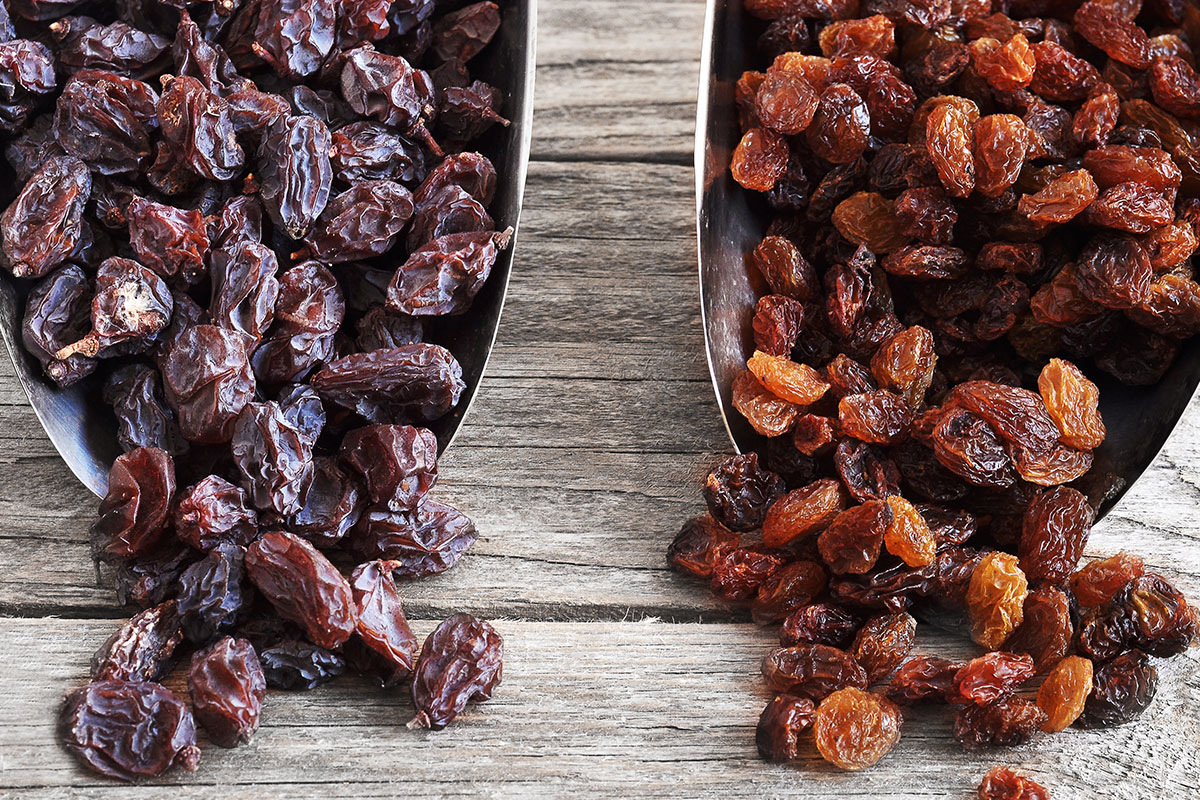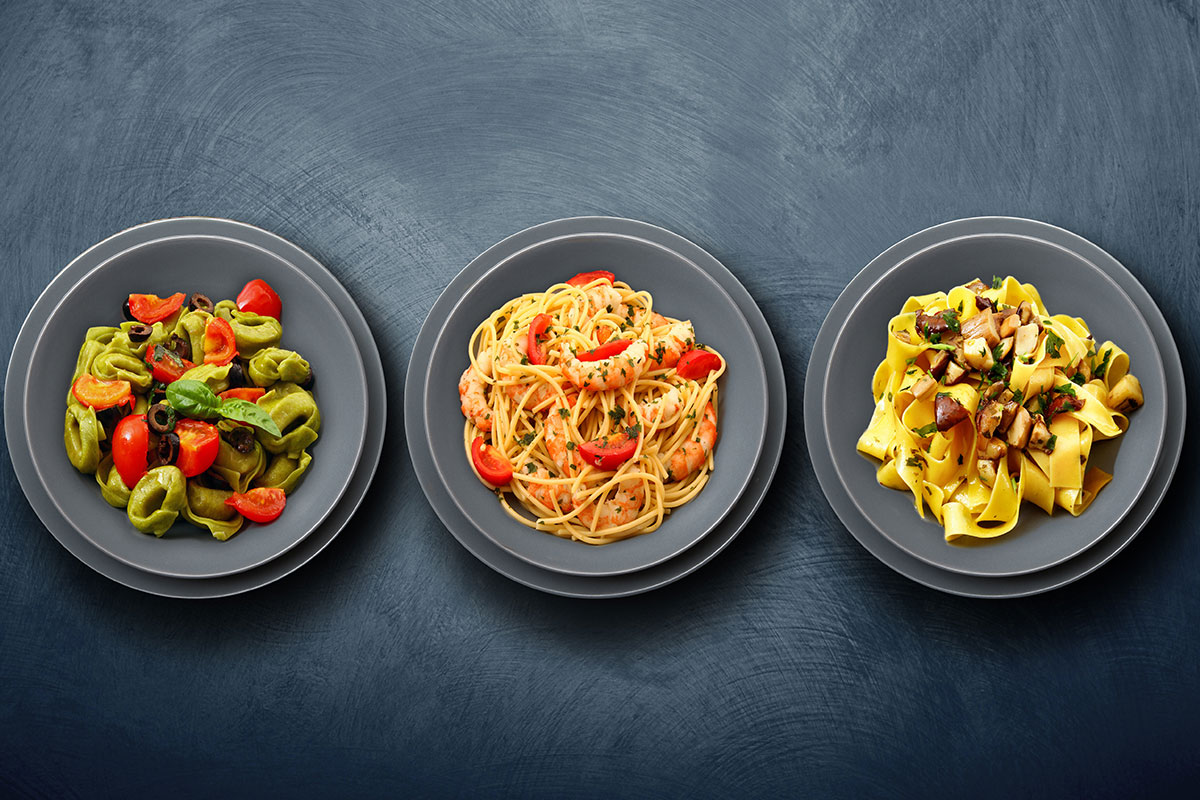Why am I Gaining Weight Despite Diet and Exercise? │ QA
If you’re careful with your nutrition, working out weekly, and still experiencing problems with your weight, take a moment to read this QA.

Mental health includes our emotional, psychological, and social health and well-being. It is important at every age. According to the WHO (World Health Organization), mental health is “… a state of well-being in which the individual realizes his or her own abilities can cope with the normal stresses of life can work productively and fruitfully, and is able to make a contribution to his or her community.” It is important to note that the WHO stresses that mental health “is not just the absence of a mental disorder.”
Mental Health is important because it affects us every day, in almost everything we do. It impacts how we function, interact with others, and how we feel about ourselves and our lives. Furthermore, it can have a profound impact on our bodies and physical health as well.


For children and adults, learning how to identify and understand our emotions is a vital component in improving mental health. Emotions are not bad – however, we need to better teach people to identify and understand their emotions and most importantly, what to do with them. We also must teach and develop personal coping skills so that one can process and use their emotions in a healthy and productive manner.
There are several key things we can all do to improve and maintain our mental health which includes keeping a regular schedule, especially ensuring adequate sleep. Getting regular exercise (even low intensity like walking counts) every day. Try to reduce the amount of time you sit for, as they say, “sitting is the new smoking”! Try and eat a healthy well-balanced diet with lots of fruits and vegetables. Connecting with others and helping others can also improve our mental health. Lastly, don’t be afraid to get professional help if you need it!
It doesn’t always feel like it, but there is help everywhere. A few national resources that are available to anyone are the National Suicide Hotline (1-800-273-8255), Textline (741741), and online chat. The National Alliance of Mental Illness (NAMI.org) is a great resource not just for those who are struggling with their mental health, but also for their families. For the LGBTQ+ population, Trevor Project has a hotline (1-866-488-7386), Textline (678678), online chat and multiple other online resources too.
Individuals should also contact their healthcare provider to learn more about the resources that they offer. At Kaiser Permanente, our mental health resources include a wide range of services for all ages from medication management, individual therapy, group therapy, wellness phone coaching and in-person classes through our Center for Healthy Living as well as numerous online services.
There are also people around you that are there to help, whether it’s a teacher, a coach, a religious leader or spiritual counselor, a supervisor at work or an Employee Assistance Program.
Kaiser Permanente also has a great website called FindYourWords.org which provides resources and help for those wanting to help someone else or those looking for help themselves.
One of my favorite exercises to recommend to patients is gratitude. Thinking of three things you are grateful for every night before you go to bed has been shown to significantly improve your mood. It doesn’t have to be anything outrageous, you can be grateful for having a bed to sleep in, or for your bad day being over, or for the amazing thing that happened to you that day. But, remember just three! No more, no less, even if every night it’s the same three and kids can do it too. Try it for a week, see how you feel!
Responses contributed by Ashley Zucker, MD, Chief of Psychiatry at Kaiser Permanente in San Bernardino.
If you’re careful with your nutrition, working out weekly, and still experiencing problems with your weight, take a moment to read this QA.
Blood sugar control isn’t easy. These are Debbie’s top recommendations for how to address weight control with Type II Diabetes.
It's easier to work hard when you’ve got a game plan. Here are some options to help keep you moving until the last second of your workout!


What are the good and bad points of sun-dried raisins?
– Anthony A.

Raisins are typically from Thompson Seedless Grapes in California that have been sun-dried (on vine or on paper trays), shade-dried or mechanically dehydrated. Regardless of the drying method, raisins usually undergo additional processing such as rinsing, stem removal and in the case of golden raisins, the addition of sulfur dioxide (to retain color). The benefit of sun-drying to a dark brown color is that the raisins are not chemically treated.
A ¼ Cup serving of raisins provide approximately 120 calories, 2 gm fiber, 310 mg potassium, 6% DV iron, 2% DV calcium, and antioxidants known as catechins. Depending on your perspective or weight goals, the energy density of raisins could be a good or bad point. Though they are more sugar-rich (by weight) than grapes, their vitamins and minerals are more concentrated, too. This is true of all dried fruits versus fresh.
Resources:
– Debbie J., MS, RD
This article should not replace any exercise program or restrictions, any dietary supplements or restrictions, or any other medical recommendations from your primary care physician. Before starting any exercise program or diet, make sure it is approved by your doctor.
Some questions have been edited for length and/or clarity.
 Have a nutrition question? Our registered dietitian is ready to help!
Have a nutrition question? Our registered dietitian is ready to help!
Email nutrition@lafitness.com or submit your question below and it may be featured in an upcoming article!
If you’re careful with your nutrition, working out weekly, and still experiencing problems with your weight, take a moment to read this QA.
Blood sugar control isn’t easy. These are Debbie’s top recommendations for how to address weight control with Type II Diabetes.
It's easier to work hard when you’ve got a game plan. Here are some options to help keep you moving until the last second of your workout!


I don’t understand the different types of olive oil. There is robust, extra virgin, virgin, refined, etc. Is one better for cooking? What about using as a dip for bread? Can olive oil be used in cooking? I know olive oil is supposed to be better for you, but I fear I’m using the wrong types of this oil in my cooking!

Olive oil provides the same calories from fat that other oils do, though its cardiovascular health benefit is in the favorable ratio of unsaturated fats. Olive oil’s high ratio of monounsaturated fat is linked to reduced blood LDL cholesterol which is associated with a lower risk of heart disease.
The terms you mention have to do with the processing of olives into oil. There are over 50 olive varieties – thank the Greek gods that their oils are not kept separate or it would get really confusing! Here’s a rundown of what the different olives oils are and how best to use them:
At present, the USDA’s National Nutrient Database doesn’t differentiate between the various types of olive oil and provides nutritional information for a singular standard reference “olive oil.”
References:
– Debbie J., MS, RD
This article should not replace any exercise program or restrictions, any dietary supplements or restrictions, or any other medical recommendations from your primary care physician. Before starting any exercise program or diet, make sure it is approved by your doctor.
Some questions have been edited for length and/or clarity.
 Have a nutrition question? Our registered dietitian is ready to help!
Have a nutrition question? Our registered dietitian is ready to help!
Email nutrition@lafitness.com or submit your question below and it may be featured in an upcoming article!
If you’re careful with your nutrition, working out weekly, and still experiencing problems with your weight, take a moment to read this QA.
Blood sugar control isn’t easy. These are Debbie’s top recommendations for how to address weight control with Type II Diabetes.
It's easier to work hard when you’ve got a game plan. Here are some options to help keep you moving until the last second of your workout!


I have a question about starchy carbs. I was reading an article online that said to eat starchy carbs (i.e. brown rice, sweet potatoes) only on days when I lift weights or do cardio. It said to avoid them on rest days and stick with veggies for carbs on those days. What’s your opinion on this?
– James B.

Thanks for asking my opinion, James. There is no nutritional minimum for starches as a source, only for the carbohydrates they contain (at least 130 grams daily*). So, if a person can meet his/her carbohydrate needs – which may still be quite high on rest days – I’m all for maximizing vegetables along with fruit and milk products for carbs. Although it would provide lots of micronutrients, consuming 300 grams of carbohydrate only from vegetables would probably overwhelm your gastrointestinal system.
Starch (complex carbohydrate) from grains, tubers, legumes and seeds, and products made from them (like pasta, cereals, bread and fries) provides a concentrated source of extended energy suitable for physical activity. Although I follow the logic to reduce carbs on non-workout days, there is no evidence that replacing starches intermittently will benefit your performance or physique. Besides, you’re still physically active outside the gym, right? If you’re completely sedentary in bed all day but not sick, then feel free to skip them on your off days.
* Institute of Medicine, Food and Nutrition Board. Dietary Reference Intakes: energy, carbohydrates, fiber, fat, fatty acids, cholesterol, protein, and amino acids. Washington: National Academies Press; 2002
– Debbie J., MS, RD
This article should not replace any exercise program or restrictions, any dietary supplements or restrictions, or any other medical recommendations from your primary care physician. Before starting any exercise program or diet, make sure it is approved by your doctor.
Some questions have been edited for length and/or clarity.
 Have a nutrition question? Our registered dietitian is ready to help!
Have a nutrition question? Our registered dietitian is ready to help!
Email nutrition@lafitness.com or submit your question below and it may be featured in an upcoming article!
If you’re careful with your nutrition, working out weekly, and still experiencing problems with your weight, take a moment to read this QA.
Blood sugar control isn’t easy. These are Debbie’s top recommendations for how to address weight control with Type II Diabetes.
It's easier to work hard when you’ve got a game plan. Here are some options to help keep you moving until the last second of your workout!


Hi, I weigh 146 lbs. and have a small frame. I would like to put on muscle and get up to about 167 lbs. I am not a big eater and usually eat very small portions. I would like to know your recommendations for a diet.
– Sheldon S.

The situation you describe doesn’t leave a lot of room for options! I understand why you’ve reached out for advice. Increasing calories in a very limited volume can be quite challenging. Maximizing energy density can be done by 1) selecting rich foods, 2) through the addition of fats and sugars (Yep, you heard me say that correctly: fats and sugars), and by 3) power-packing.
1) Foods that are naturally energy-rich include nuts, nut butters, cheese, cream, oil, butter, dried fruit, nectars, traditional granola, tortillas, starchy vegetables, avocado, olives, coconut, bisque soups and chowders, salmon, beef liver, ice cream, and milkshakes. For packaged items, look for those that provide at least 300 calories per cup or 100 calories per ounce.
2) Anything that can be melted onto or into another food works! Ideas include cream in mashed potatoes, butter on noodles, pesto or avocado on sandwiches, cheese on casseroles, nut butter on toast, jam in yogurt, honey on fruit and mayonnaise on crackers. Nothing should be eaten plain if you are serious about gaining weight.
3) The concept of power-packing means to increase calories and protein without increasing volume. It involves replacing water content with higher calorie liquids. For example, fruit juice can be enriched by adding a cup of concentrate to each quart of liquid juice. For milk, add 2 Tbsp dry powdered milk to each cup fluid milk to gain 50 calories and 5 grams protein. Choosing oil-packed tuna over water-packed will give you over 100 calories more per 6 ounce can!
For meal and snack ideas, check out two sample weight gain menus from The University of Colorado, Colorado Springs.
Nutritional values obtained from the USDA’s National Nutrient Database for Standard Reference, Legacy Release. Findings were used along with RDN’s professional judgment.
– Debbie J., MS, RD
This article should not replace any exercise program or restrictions, any dietary supplements or restrictions, or any other medical recommendations from your primary care physician. Before starting any exercise program or diet, make sure it is approved by your doctor.
Some questions have been edited for length and/or clarity.
 Have a nutrition question? Our registered dietitian is ready to help!
Have a nutrition question? Our registered dietitian is ready to help!
Email nutrition@lafitness.com or submit your question below and it may be featured in an upcoming article!
If you’re careful with your nutrition, working out weekly, and still experiencing problems with your weight, take a moment to read this QA.
Blood sugar control isn’t easy. These are Debbie’s top recommendations for how to address weight control with Type II Diabetes.
It's easier to work hard when you’ve got a game plan. Here are some options to help keep you moving until the last second of your workout!
Be the first to know about exclusive
content, deals and promotions